It’s been 50 years since the USA bowed to the inevitable and pulled out of Vietnam, in the midst of harrowing scenes of anguish and chaos. Apple’s new six-part documentary series doesn’t bring any astounding new revelations about America’s traumatic South-East Asian adventure, but by picking out individual stories to illustrate different phases of the conflict between March 1965 and April 1975, it brings some human insight into what lay behind the hideous casualty figures and TV footage of helicopters, firefights, terrorised civilians and aircraft dropping napalm.
Constructed from a mass of little-seen documentary footage shot by TV crews as well as individual soldiers and pilots, it’s thrillingly immersive and often shocking. Despite Ethan Hawke’s melodramatic voice-over. For instance, the first episode, "Boots on the Ground", focuses on C W Bowman and Gary Heeter, a pair of “tunnel rats” who took on the challenge of flushing out the Viet Cong’s labyrinth of underground tunnels. Apart from the terrors of darkness and claustrophobia, at any moment they might have been shot, stabbed or blown up by a booby-trap.
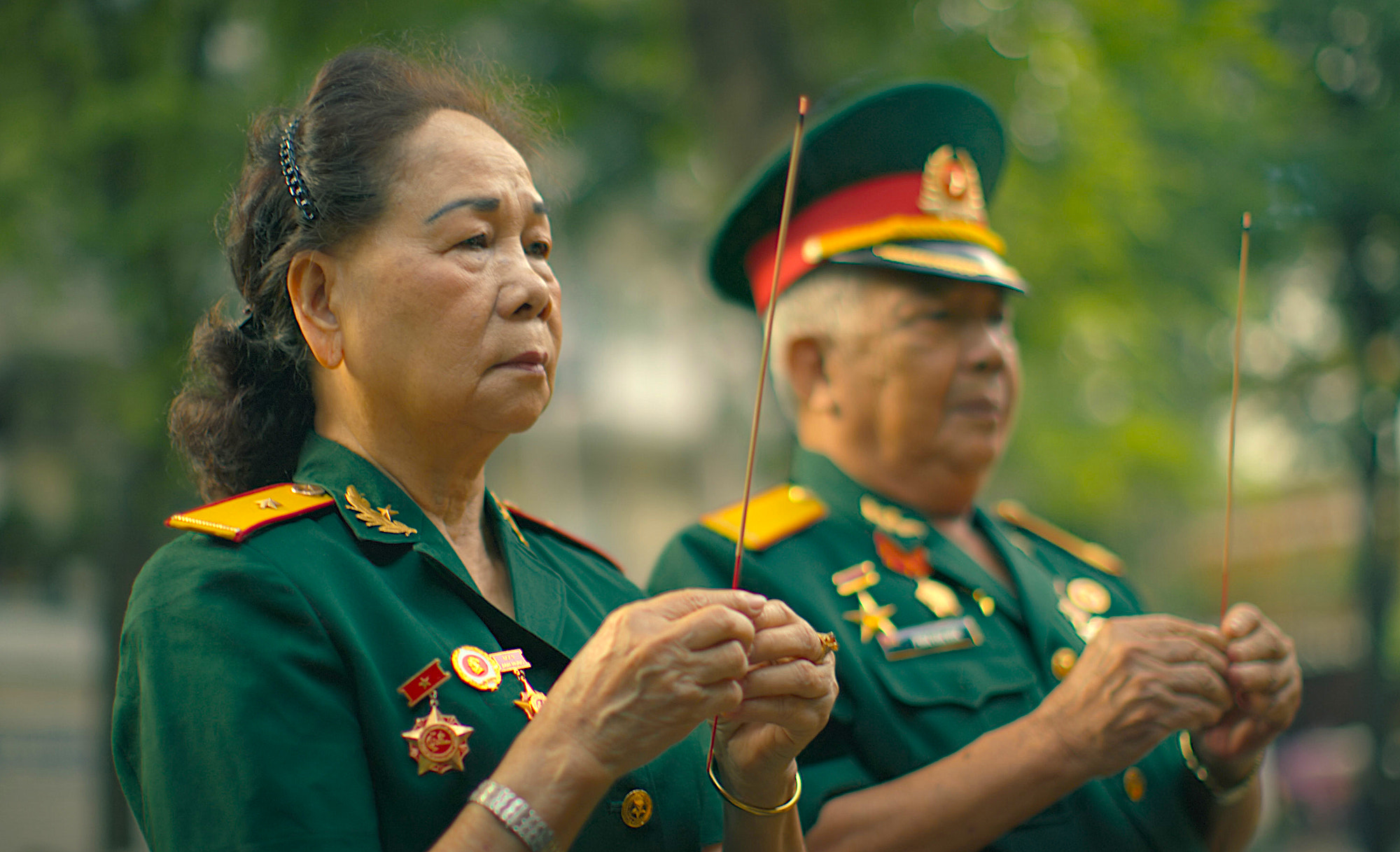 It’s the kind of experience that can form an indelible bond, and these two are now a pair of wizened good ol’ boys who meet up regularly to go fishing. But a running theme of the series is the way the war left anybody involved in it forever damaged in some way, and Bowman’s recollection of how he hacked up a Viet Cong machine-gunner with a machete was to watch a man being dragged yet again through a recurring nightmare. “I realised I was crazy by then,” he observed ruefully.
It’s the kind of experience that can form an indelible bond, and these two are now a pair of wizened good ol’ boys who meet up regularly to go fishing. But a running theme of the series is the way the war left anybody involved in it forever damaged in some way, and Bowman’s recollection of how he hacked up a Viet Cong machine-gunner with a machete was to watch a man being dragged yet again through a recurring nightmare. “I realised I was crazy by then,” he observed ruefully.
A variety of stories emerge from North Vietnam’s surprise Tet offensive in January 1968 (during a supposed truce between the two sides), when the Viet Cong secretly infiltrated over 100 towns and cities in South Vietnam. When the US Embassy in Saigon was attacked by the VC, military policeman Paul Healey found himself in the thick of it, and ended up being credited with 13 “kills” for the day (“I just did my job,” he reported).
John Bagley, a DJ for the US Army much in the vein of Robin Williams’s character in Good Morning, Vietnam, was caught up in an inferno of fighting in Hue, was shot in the leg and managed to crawl through rice paddies to an American outpost. The American public had no idea of what was happening in Hue until news reporter Thea Rosenbaum managed to blag a flight out of the wreckage and file her story. We also had some views from the opposing side. Vu Minh Nghia (pictured above with Bay Hon) described how the Americans destroyed her home town and “that fuelled my hatred”, and she recalled tearfully how she was wounded and her group were caught by the Americans.
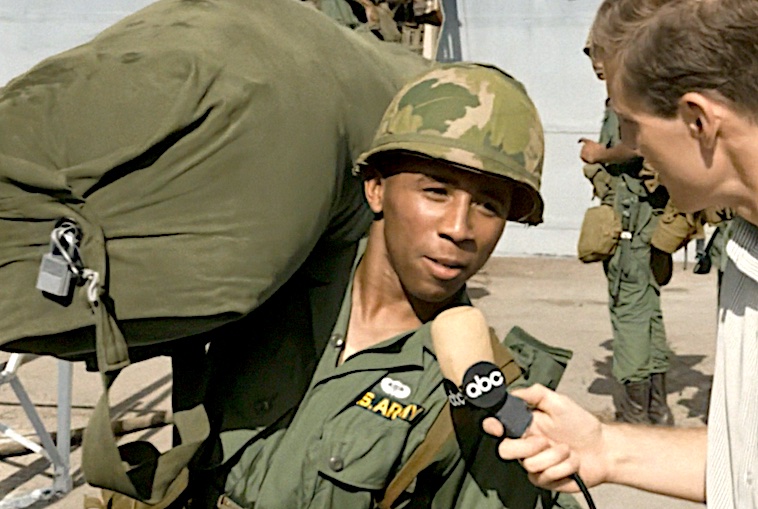 Other Vietnamese describe the brutal behaviour of US troops, burning their homes and killing them in cold blood. But this was evidently US military doctrine, as Malik Edwards, a black US Marine officer, revealed. His standing orders were “if you receive a round from the village, level the village.” Edwards also makes some telling points about the racist dimension of the US forces, where poor black boys would be conscripted while sons of affluent white families could get a college deferment (check Creedence Clearwater Revival’s “Fortunate Son” for further details). Edwards later quit the Marines and joined the Black Panthers.
Other Vietnamese describe the brutal behaviour of US troops, burning their homes and killing them in cold blood. But this was evidently US military doctrine, as Malik Edwards, a black US Marine officer, revealed. His standing orders were “if you receive a round from the village, level the village.” Edwards also makes some telling points about the racist dimension of the US forces, where poor black boys would be conscripted while sons of affluent white families could get a college deferment (check Creedence Clearwater Revival’s “Fortunate Son” for further details). Edwards later quit the Marines and joined the Black Panthers.
On the other hand, this was also a civil war. Huan Nguyen lived on a military base near Saigon, where his father was an officer in the South Vietnamese army. He was nine years old when the Viet Cong came and slaughtered his parents and five siblings. One of the killers was the man notoriously shot in the head by a South Vietnamese officer while TV cameras filmed it, an image so shocking that it helped to tilt American public opinion against the war.
The American war effort steadily collapsed under the weight of its own contradictions. Most of the troops had no idea what they were fighting for, and massed public demonstrations back in the States grew into an unstoppable force, as Presidents Lyndon Johnson and Richard Nixon painfully discovered.
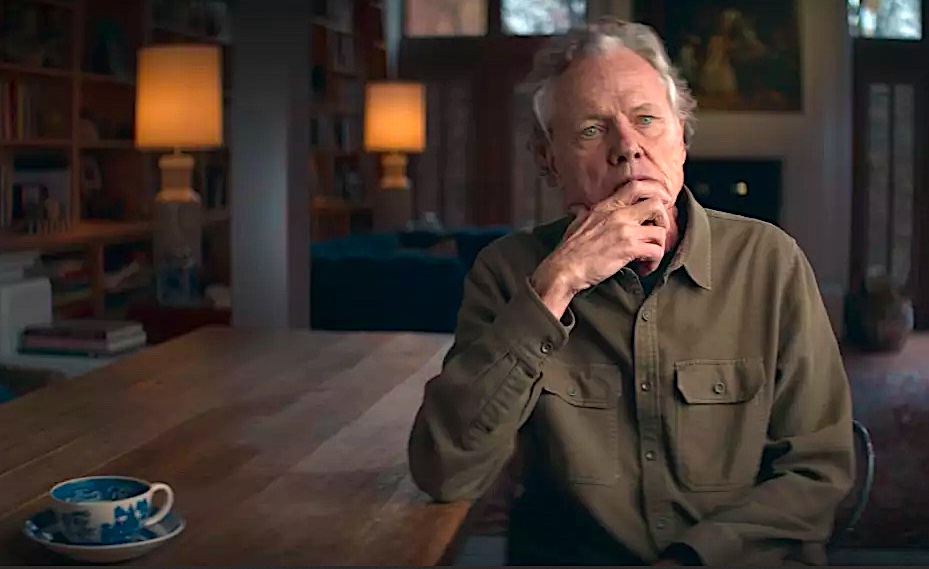 Resistance within the US forces also mounted inexorably. US Marines officer Bill Broyles (pictured above) went to war intending to uphold the finest traditions of the service, but was dumbfounded to find his men mutinying around him, threatening him with “fragging” (throwing a fragmentation grenade into his tent, for instance). When his rebellious radio man, Jeff Hiers, told Broyles the men would refuse to fight for him, Broyles agreed to help make fake radio calls to convince HQ they were engaging the enemy. He subsequently considered it his mission to keep his soldiers alive, rather than getting massacred on the battlefield. He's now a Hollywood screenwriter.
Resistance within the US forces also mounted inexorably. US Marines officer Bill Broyles (pictured above) went to war intending to uphold the finest traditions of the service, but was dumbfounded to find his men mutinying around him, threatening him with “fragging” (throwing a fragmentation grenade into his tent, for instance). When his rebellious radio man, Jeff Hiers, told Broyles the men would refuse to fight for him, Broyles agreed to help make fake radio calls to convince HQ they were engaging the enemy. He subsequently considered it his mission to keep his soldiers alive, rather than getting massacred on the battlefield. He's now a Hollywood screenwriter.
There was the occasional flash of light amid the darkness, not least the story of Nhan Lee. His father was a South Vietnamese military pilot, and as Saigon was engulfed by the triumphant North Vietnamese forces and the last helicopters vanished into the sky, Lee’s father grabbed a little Cessna aircraft parked at the airfield and flew his wife and five children out to the US fleet off the coast. Against his Admiral’s orders, Larry Chambers, commander of the aircraft carrier USS Midway, ordered his sailors to shove some of the helicopters crammed onto the flight deck into the sea to make space for the Cessna to make a perfect landing. Even though he’d cost the US Navy $100m, Chambers would go on to become a Rear Admiral.

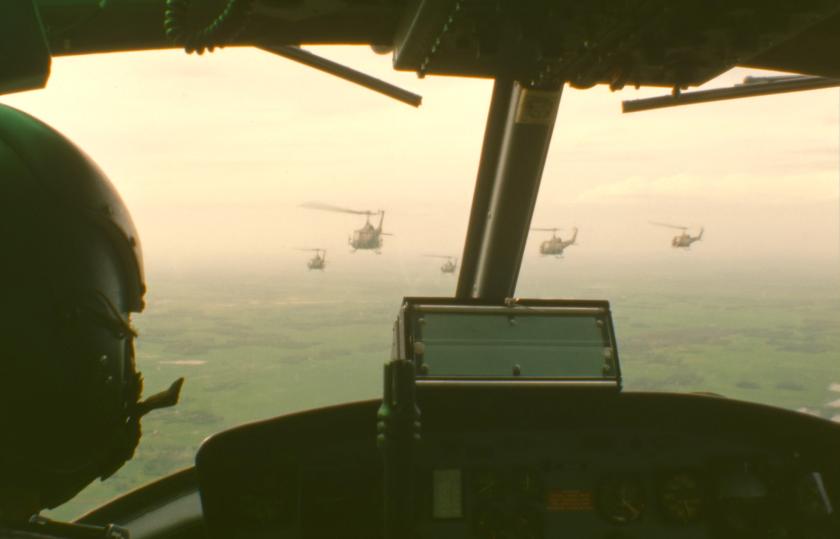






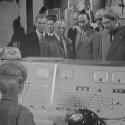






Add comment